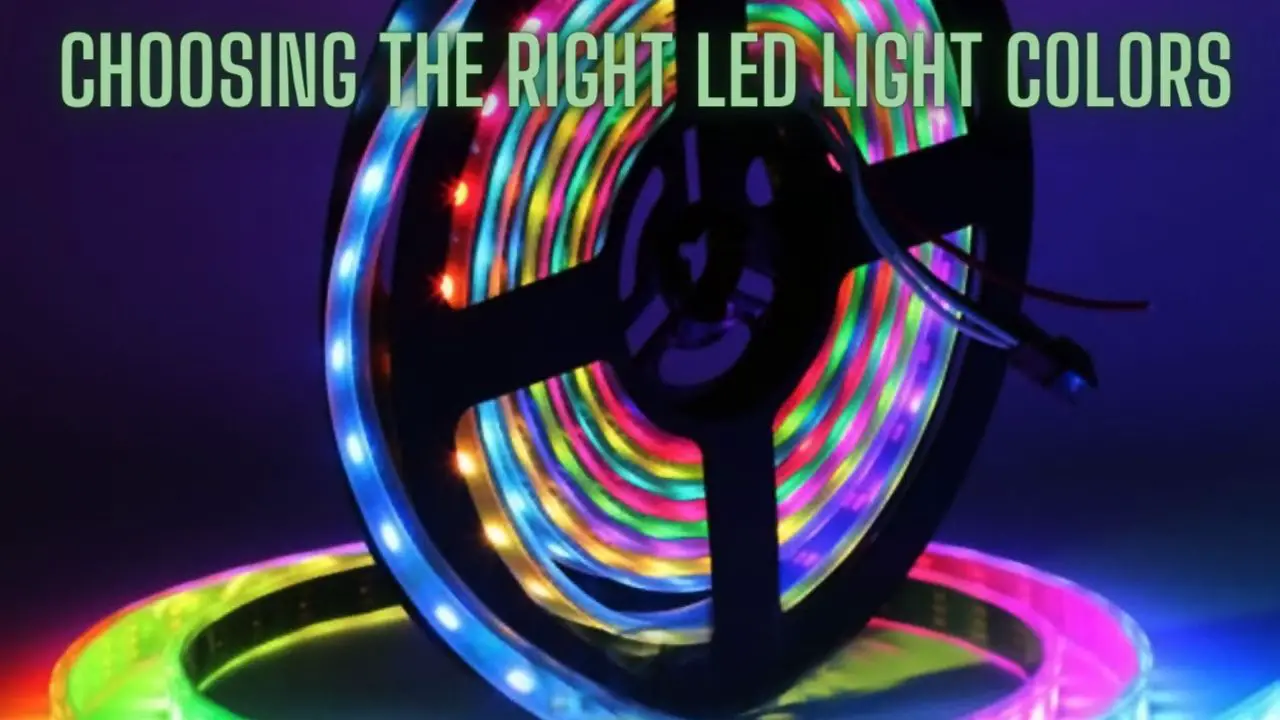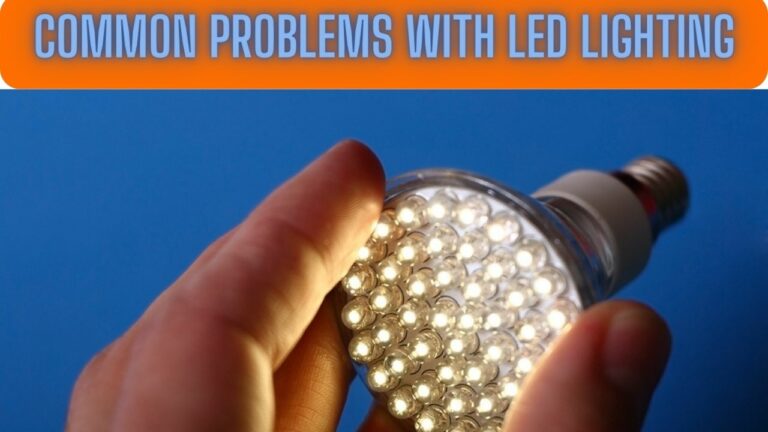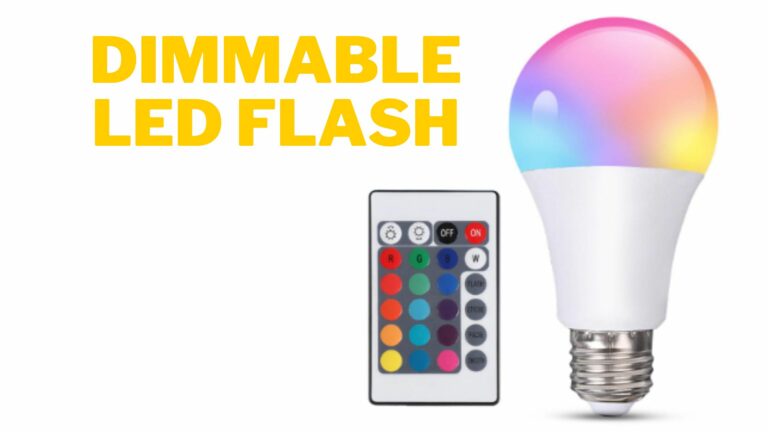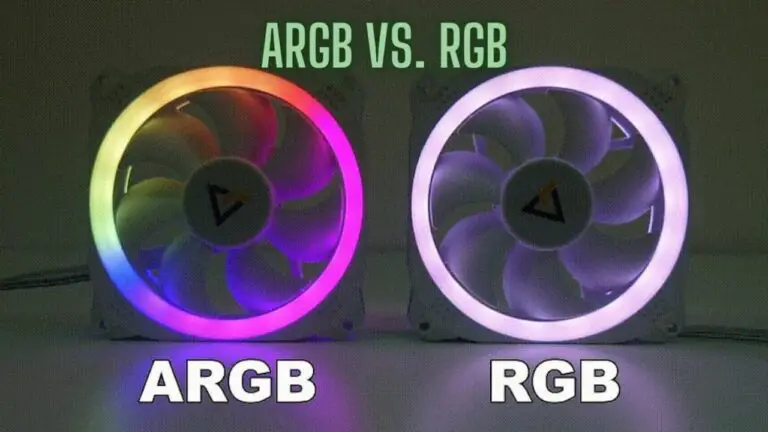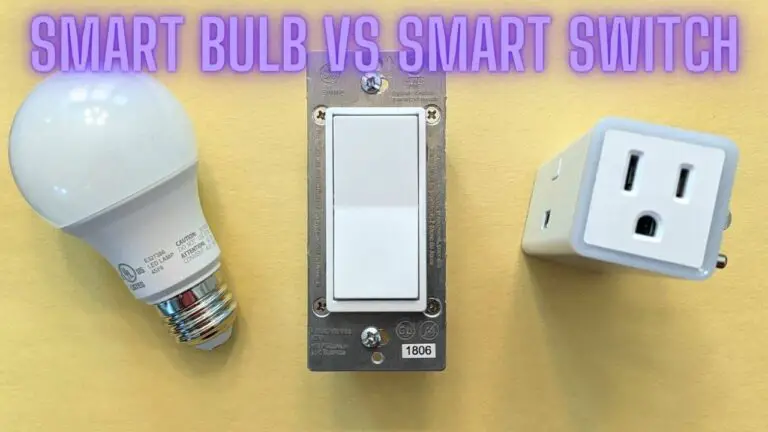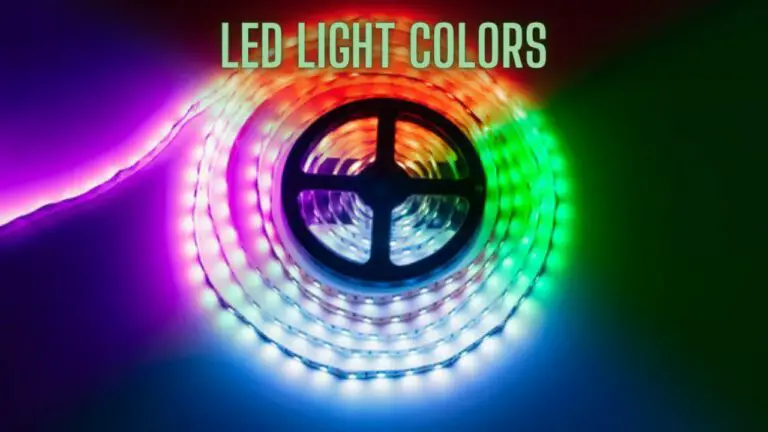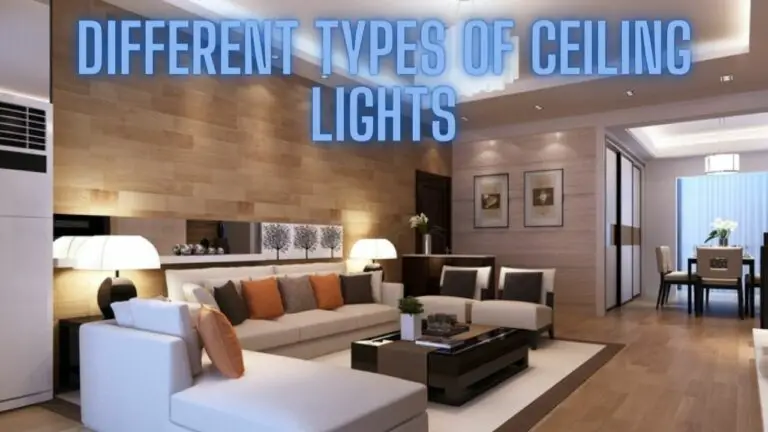Enlightening Spaces: Choosing the Right LED Light Colors for Every Environment
Introduction
In the realm of modern lighting, the array of LED light colors available provides a palette for creating diverse atmospheres and enhancing functionality in various settings. The color temperature of LED lights, measured in Kelvin (K), plays a crucial role in determining the ambiance of a space. From the warm, inviting glow of residential interiors to the bright, energizing illumination of commercial spaces, understanding where to use different LED color temperatures is key to maximizing their impact. In this comprehensive guide, we will delve into the science behind LED light colors, explore the emotional and practical effects of different color temperatures, and provide insights into choosing the right LED colors for specific environments.
I. The Science of LED Light Colors
A. How LEDs Produce Light:
- LED lights generate light through electroluminescence, a process where an electric current passes through a semiconductor, causing it to emit photons. The materials used in the semiconductor determine the color of the light produced.
B. Color Temperature and Kelvin Scale:
- The Kelvin scale is used to measure the color temperature of light. Lower Kelvin temperatures represent warmer, yellowish light, while higher temperatures indicate cooler, bluish light.
II. LED Light Color Temperatures and Their Characteristics
A. Warm White (2700K – 3000K):
- Characteristics:
- Warm and cozy glow.
- Similar to traditional incandescent bulbs.
- Creates a comfortable and relaxed ambiance.
- Ideal Applications:
- Residential living spaces.
- Bedrooms.
- Hospitality settings.
B. Neutral White (3500K – 4100K):
- Characteristics:
- Balanced and natural light.
- Clean and crisp appearance.
- Versatile for various applications.
- Ideal Applications:
- Offices.
- Kitchens.
- Retail spaces.
C. Cool White (5000K – 6500K):
- Characteristics:
- Bright and energizing.
- Suitable for task lighting.
- Modern and efficient appearance.
- Ideal Applications:
- Commercial and industrial spaces.
- Workspaces.
- Garages and workshops.
D. Daylight White (6500K and above):
- Characteristics:
- Mimics natural daylight.
- Excellent color rendering.
- Promotes alertness and focus.
- Ideal Applications:
- Art studios.
- Laboratories.
- Medical facilities.
III. Choosing LED Colors for Specific Environments
A. Residential Spaces:
- Living Room:
- Recommended Color Temperature: Warm white (2700K – 3000K).
- Effect: Creates a warm and inviting atmosphere for relaxation and socializing.
- Bedroom:
- Recommended Color Temperature: Warm white (2700K – 3000K).
- Effect: Enhances comfort and promotes a cozy ambiance conducive to restful sleep.
- Kitchen:
- Recommended Color Temperature: Neutral white (3500K – 4100K).
- Effect: Provides balanced and natural light for cooking and food preparation.
B. Commercial and Office Spaces:
- Office Spaces:
- Recommended Color Temperature: Cool white (5000K – 6500K).
- Effect: Enhances visibility and promotes alertness, suitable for productive work environments.
- Retail Stores:
- Recommended Color Temperature: Neutral white (3500K – 4100K).
- Effect: Highlights products and creates a visually appealing shopping environment.
- Restaurants and Cafes:
- Recommended Color Temperature: Warm white (2700K – 3000K).
- Effect: Establishes a cozy and inviting atmosphere for dining and socializing.
C. Industrial and Workspace Environments:
- Warehouses:
- Recommended Color Temperature: Cool white (5000K – 6500K).
- Effect: Provides bright and efficient lighting for improved visibility in storage and logistics.
- Workshops and Garages:
- Recommended Color Temperature: Cool white (5000K – 6500K).
- Effect: Enhances visibility for tasks such as crafting, automotive work, or DIY projects.
- Manufacturing Facilities:
- Recommended Color Temperature: Cool white (5000K – 6500K).
- Effect: Supports precision and accuracy in production processes.
D. Specialized Environments:
- Art Studios:
- Recommended Color Temperature: Daylight white (6500K and above).
- Effect: Ensures accurate color perception for artists working on visual projects.
- Medical Facilities:
- Recommended Color Temperature: Daylight white (6500K and above).
- Effect: Promotes a clinical and well-lit environment for medical examinations and procedures.
- Photography Studios:
- Recommended Color Temperature: Daylight white (6500K and above).
- Effect: Provides consistent and natural lighting for photography sessions.
IV. The Emotional Impact of LED Colors
A. Warm White:
- Emotional Association: Comfort, relaxation, and intimacy.
- Use Cases: Residential bedrooms, living rooms, and dining areas.
B. Neutral White:
- Emotional Association: Cleanliness, clarity, and versatility.
- Use Cases: Offices, kitchens, and retail spaces.
C. Cool White:
- Emotional Association: Alertness, efficiency, and modernity.
- Use Cases: Commercial and industrial spaces, workspaces, and garages.
D. Daylight White:
- Emotional Association: Natural illumination, focus, and precision.
- Use Cases: Art studios, medical facilities, and photography studios.
V. Tips for Choosing the Right LED Colors
A. Consider the Function of the Space:
- Match the color temperature to the intended function of the space. Warm white for relaxation, cool white for productivity, and daylight white for precision tasks.
B. Combine Different Color Temperatures:
- In larger spaces or open floor plans, consider using a combination of warm and neutral whites to create zones with distinct atmospheres.
C. Utilize Dimmers and Smart Controls:
- Incorporate dimmers or smart controls to adjust the intensity of LED lights based on the time of day or specific activities, enhancing flexibility and adaptability.
D. Test Different Color Temperatures:
- Experiment with different LED color temperatures in a space before making a final decision. Temporary installations or samples can help assess the desired effect.
E. Consider the Surrounding Decor:
- The existing decor and color scheme of a space should complement the chosen LED color temperature. Ensure a cohesive and harmonious aesthetic.
VI. Future Trends in LED Color Technology
A. Tunable White LEDs:
- Advancements: Tunable white LEDs allow users to adjust the color temperature of the light to mimic the natural daylight cycle, supporting circadian rhythm and overall well-being.
B. Smart Lighting Integration:
- Advancements: Continued integration with smart home systems enables users to control and customize LED lighting through mobile apps, voice commands, and automation.
C. Dynamic and Customizable RGB Lighting:
- Advancements: RGB LED technology is becoming more sophisticated, offering dynamic and customizable lighting displays for entertainment and aesthetic purposes.
D. Biological Lighting for Health:
- Advancements: Ongoing research explores the potential health benefits of LED lighting, leading to the development of lighting systems that positively influence human health and circadian rhythms.
FAQS
1. Why is choosing the right LED light color important for different environments?
- Choosing the right LED light color is crucial because it influences the ambiance, functionality, and emotional impact of a space. Different color temperatures are suitable for specific environments and activities, enhancing the overall experience.
2. What is the significance of the Kelvin scale in LED lighting?
- The Kelvin scale measures the color temperature of LED lights. Lower Kelvin temperatures, such as warm white (2700K – 3000K), emit a warmer, yellowish light, while higher temperatures, like cool white (5000K – 6500K), produce a cooler, bluish light. Understanding this scale helps in selecting the appropriate LED color for different settings.
3. How does warm white LED lighting affect residential spaces?
- Warm white LED lighting (2700K – 3000K) creates a cozy and inviting atmosphere, making it ideal for residential spaces such as bedrooms and living rooms. It enhances comfort and promotes relaxation.
4. In what environments is neutral white LED lighting recommended?
- Neutral white LED lighting (3500K – 4100K) with its balanced and natural appearance is versatile and suitable for various environments. It is commonly used in offices, kitchens, and retail spaces.
5. Why is cool white LED lighting preferred in industrial and workspace settings?
- Cool white LED lighting (5000K – 6500K) provides bright and energizing illumination, making it suitable for industrial settings like warehouses and workshops. It enhances visibility and supports productivity.
6. What is the impact of daylight white LED lighting in specialized environments?
- Daylight white LED lighting (6500K and above) mimics natural daylight, making it ideal for specialized environments such as art studios, medical facilities, and photography studios. It ensures accurate color perception and promotes focus.
7. Can combining different LED color temperatures be effective in a single space?
- Yes, combining different LED color temperatures in a single space can be effective, especially in larger areas or open floor plans. It allows for the creation of zones with distinct atmospheres, catering to specific activities.
8. How do emotional associations with LED light colors impact the choice for specific environments?
- Emotional associations with LED light colors play a significant role in influencing the atmosphere of a space. Warm white light is associated with comfort, neutral white with clarity, cool white with efficiency, and daylight white with focus.
9. What role do dimmers and smart controls play in choosing LED light colors?
- Dimmers and smart controls provide flexibility in adjusting the intensity and color of LED lights. This allows users to adapt the lighting to different activities, times of the day, and moods, enhancing the overall experience.
10. How can users test different LED color temperatures before making a decision?
- Users can experiment with different LED color temperatures by using temporary installations or samples. Testing the lighting in the actual space helps assess the desired effect before making a final decision.
11. How does the surrounding decor influence the choice of LED light colors?
- The surrounding decor and color scheme of a space should complement the chosen LED color temperature. Ensuring a cohesive and harmonious aesthetic enhances the overall visual appeal of the environment.
12. What are the future trends in LED color technology?
- Future trends in LED color technology include tunable white LEDs for circadian lighting, continued smart lighting integration for customization, advancements in RGB lighting for dynamic displays, and the exploration of biological lighting for health benefits.
VII. Conclusion
In the journey to illuminate our living and working spaces, LED light colors emerge as powerful tools for shaping the ambiance and functionality of environments. The careful consideration of color temperatures, emotional associations, and practical applications allows us to harness the full potential of LED lighting. Whether creating a cozy haven at home, fostering productivity in the workplace, or setting the stage for a memorable dining experience, the world of LED light colors offers endless possibilities. Embrace the versatility, experiment with the spectrum, and let LED lighting paint your world in the hues that best suit every occasion and purpose.
Also Check:
Illuminating the Spectrum: A Deep Dive into LED Light Colors

